Flathead Reservation Reservation
2024 MSU Extension Highlights
2024 MSU Extension Highlights
The MSU Extension Flathead Reservation office (FREO) recognizes that we live and work within the homelands of the Séliš-Ql?ispé and Ksanka People. Our staff extends gratitude to the indigenous people who call this place home. We understand it is our responsibility to support diversity, honoring the culture and traditions of our native community.
“The Flathead Indian Reservation is home to three tribes, the Bitterroot Salish, Upper Pend d’Oreille, and the Kootenai. The territories of these three tribes covered all of western Montana and extended into parts of Idaho, British Columbia, and Wyoming. The Hellgate Treaty of 1855 established the Flathead Reservation, but over a half million acres passed out of Tribal ownership during land allotment which began in 1904.
The subsistence patterns of our Tribal people developed over generations of observation, experimentation, and spiritual interaction with the natural world, creating a body of knowledge about the environment closely tied to seasons, locations, and biology. This way of life was suffused with rich oral history and a spiritual tradition in which people respected the animals, plants, and other elements of the natural environment. By learning from our Elders and teaching our children, those Tribal ways of life continue to this day.” – CSKT.org
For more than 20 years, MSU Extension has worked to support the Confederated Salish, Pend d'Oreille and Kootenai Tribes (CSKT). With over 1.317 million acres, reaching into four counties; program staff work to bring educational resources to reservation communities. The office is grant funded, offering engagement in Positive Youth Development, Food and Nutrition, Security, Safety, and Agriculture and Natural Resources. Quality programs are successful due to the collaboration between our local community members, partners, and tribal support.
4-H & Youth Development
Tribal Youth Explore Potential Agricultural Careers in Afterschool Club
The 2022 USDA Census of Agriculture documented that the average age of an American farmer is 58.1 years old. There is a critical shortage of high school age youth considering and moving into production agriculture and other agricultural careers to become the next generation as older producers continue to retire and move out of the business. Tribal students at the Two Eagle River High School in Pablo expressed interest in learning more about food production, agricultural systems, and potential jobs through the formation of an after-school club.
The MSU Extension Flathead Reservation office helps develop and facilitate weekly afterschool activities, presentations, work projects, and field trips that expose participating youth to aspects of the agricultural industry. Students visited local farms to learn about raising livestock, planted a school garden, and explored careers in land management and conservation. The youth even built a chicken coop on school property to house their own flock of egg-laying chickens. Youth participants reported an increase of awareness and knowledge in how vegetable plants grow, how livestock are humanely raised, and the potential local jobs they can work in one day. Some club youth are prepared to travel to the Intertribal Agriculture Council conference in December 2024 to represent the Salish and Kootenai youth at the national gathering.
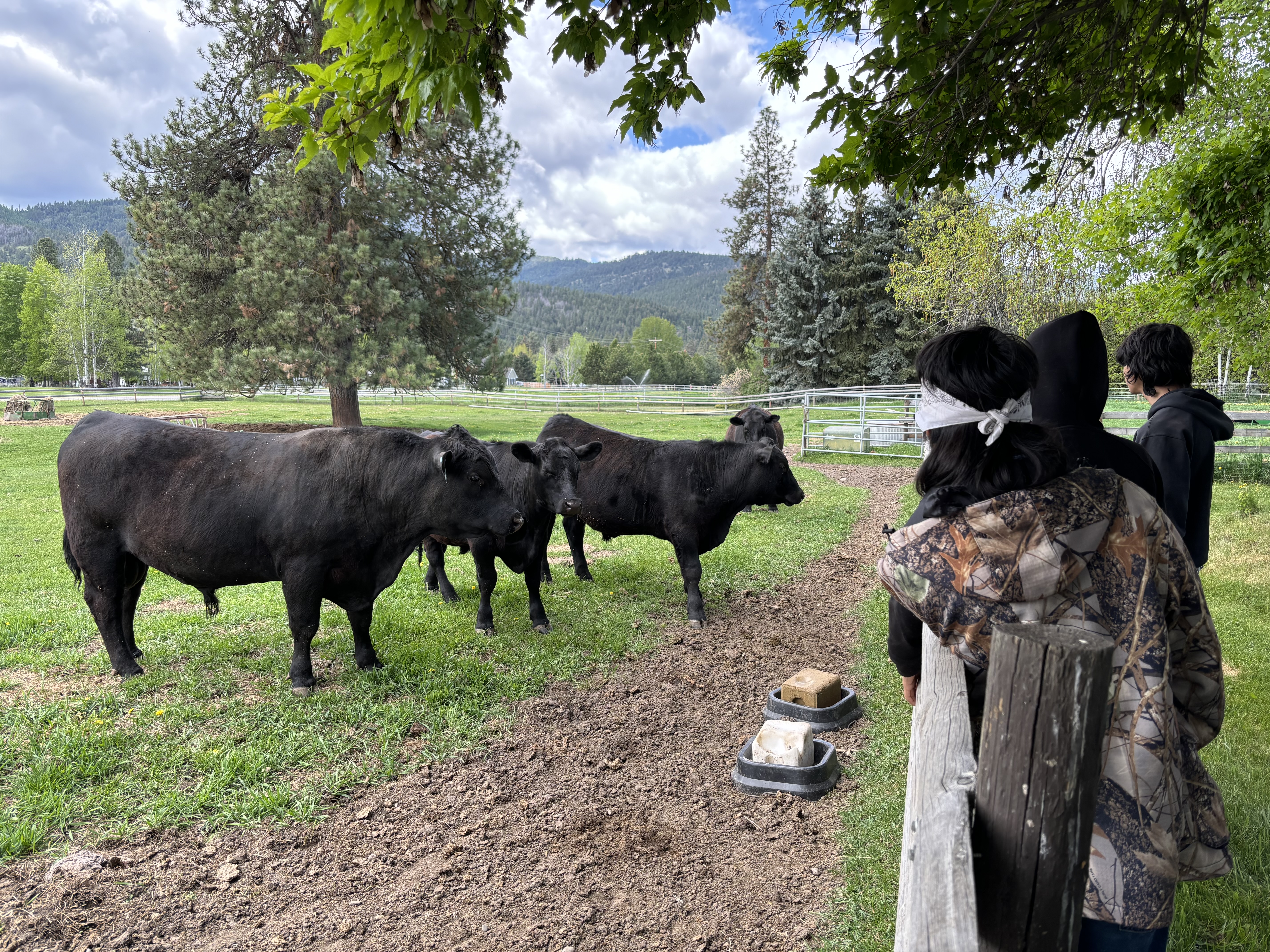
Caption: Two Eagle River field trip
Credit: Patrick Mangan
Family & Consumer Science
Changing the way we eat, one lesson at a time
In a small, rural town in Northwestern Montana, a NARSS (Never Alone Recovery Support Services) community realized after starting their community garden that they still needed to learn about nutrition, cooking and getting healthy recipes to prepare for their families. The SNAP-Ed educator partnered with the Flathead Reservation MSU Extension office and the NARSS community to provide a nine-week research-based nutrition education and cooking class series. Participants received hands-on cooking experience, recipes, Instant Pots, and other cooking tools to prepare them for success. Eight participants engaged and completed the course. One participant shared, “Now I have the tools and confidence I need to prepare healthier foods for my family.”
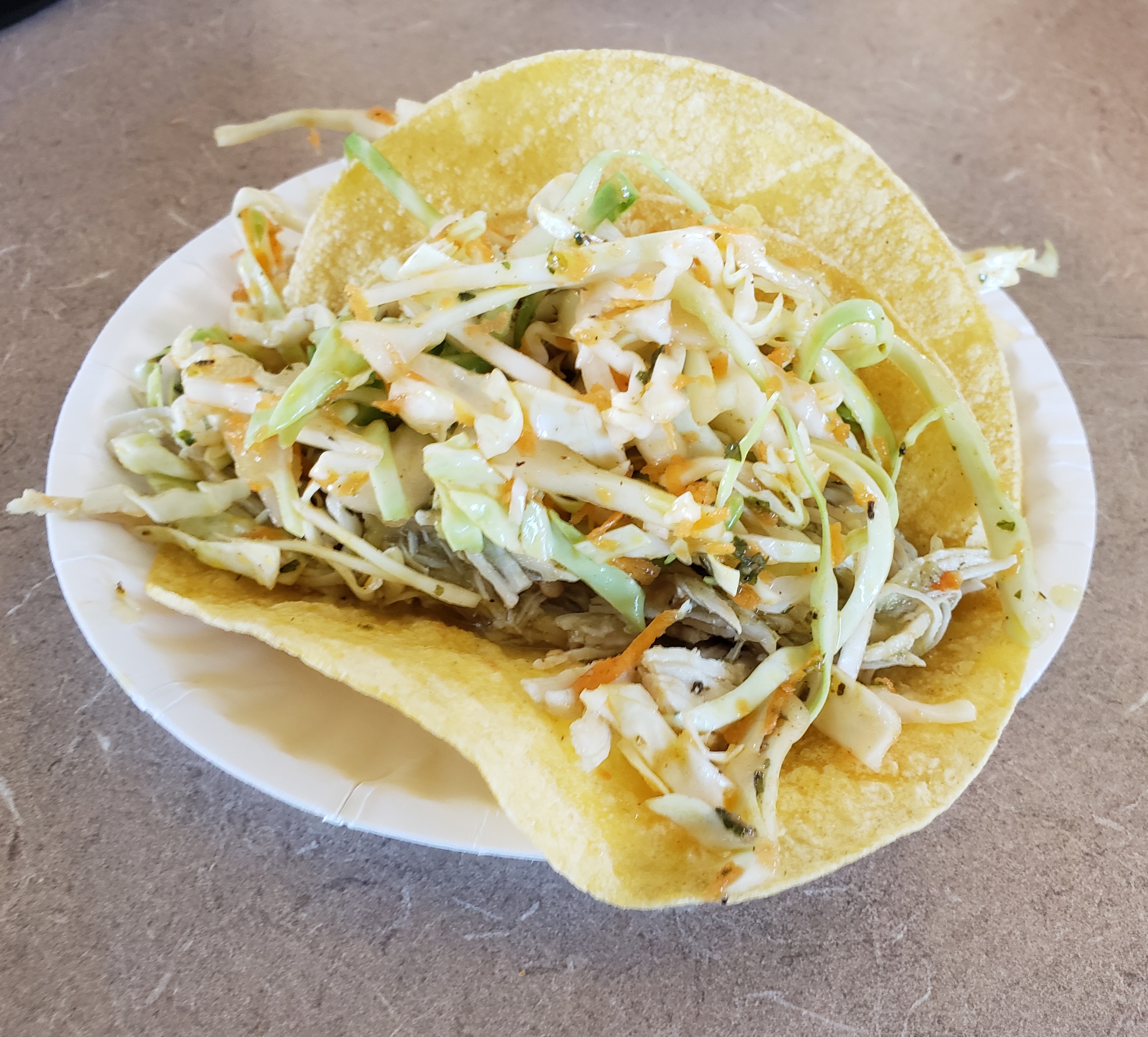
Caption: The finished product of chicken tacos.
Credit: Tammy Sandburg
Learning to Grow Food Also Means Growing Together as a Community
An initial lack of gardening knowledge did not detract from the effort and engagement of program participants at the NARSS (Never Alone Recovery Support Services) community as the MSU Extension Flathead Reservation office helped install a community garden at their Pablo center. NARSS program participants learned new skills in planting and maintaining a garden through hands-on gardening lessons, instruction, and practice tending the garden. The program grew over 200 pounds of vegetables on-site throughout the summer. Participants also learned to cook nutritious meals together using some harvested fresh garden vegetables, and other vegetables were distributed throughout the community. Participants reported an increase in knowledge about how vegetable plants grow and have plans to expand the community garden to a second site in spring 2025.
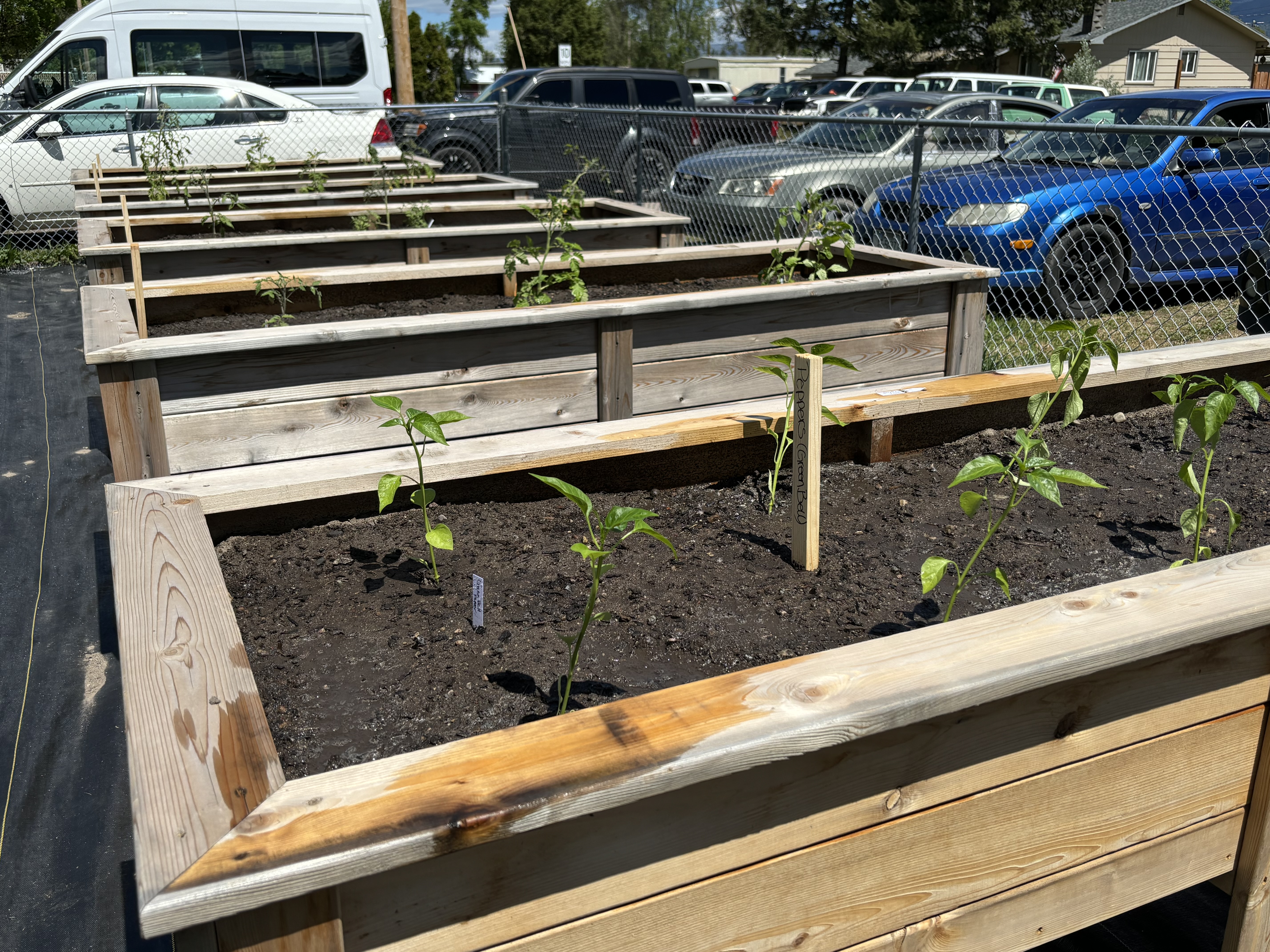
Caption: The NARSS garden
Credit: Patrick Mangan
Respite Care Providing Space for Compassion
During the spring of 2024, the MSU Respite Care Team from Bozeman headed to the Flathead Indian Reservation to offer four separate Respite Care Retreats. Working together with the MSU Extension Flathead Reservation FCS Agent, retreats were available in the Arlee, Pablo, Elmo, and Hot Springs townsites, two of which are often underserved by local resources because of rural location.
Community members were invited to a four-hour session that included informational support and hands-on activities that promote self-care. Each of the 35 participants received a $100 gift card meant to help reduce the financial stress that often comes from caring for other family members. One participant shared that her spouse had recently been diagnosed with Stage 4 cancer. In tears, she wasn’t sure if she could get through the class. After speaking one on one with the FCS agent she was able to return her attention to the program and the activities. After the class, she quietly whispered to the agent, “Thank you for being so kind to me, I want my daughter to do these activities with me too.”
Sometimes, the role of Extension is in providing research-based information and also providing an avenue to demonstrate human compassion and kindness.
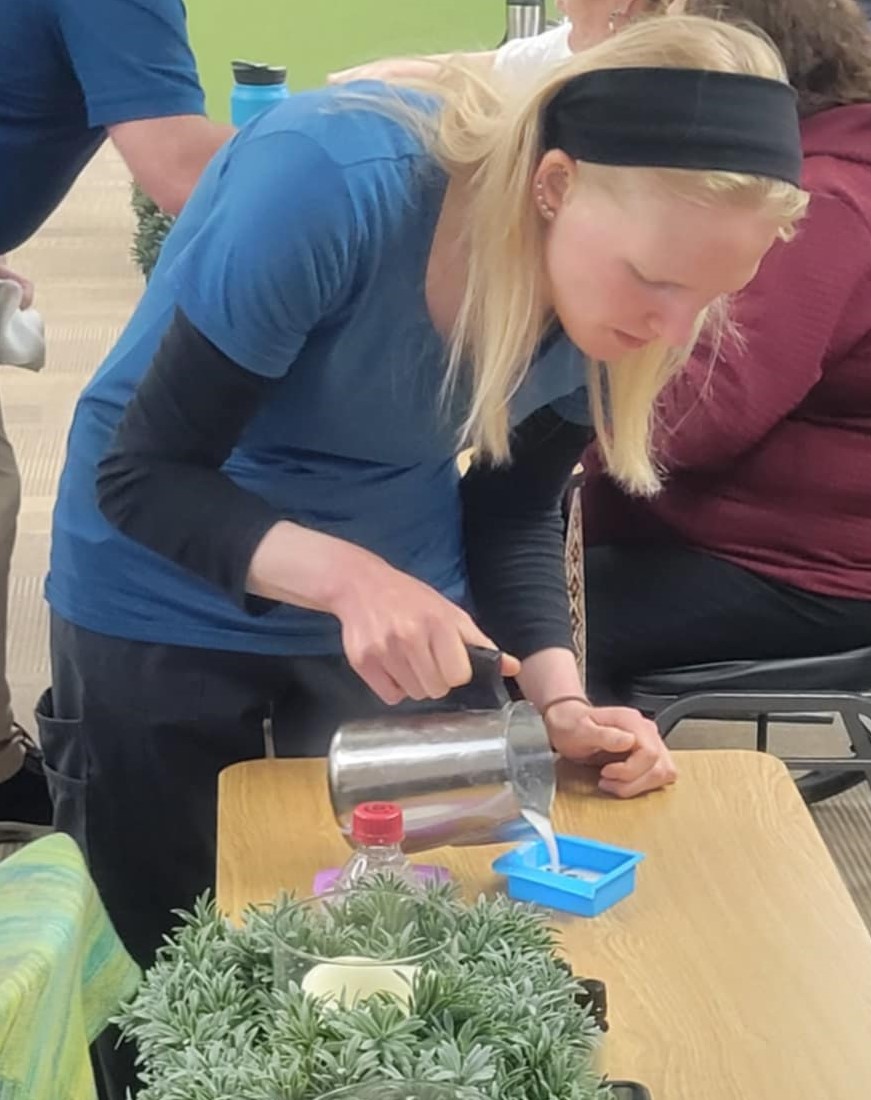
Caption: An MSU Student pours soap into a mold for a respite care participant.
Credit: Brenda Richey
Supporting Food Sovereignty Through Food Preservation
The Confederated Salish and Kootenai Tribes have adopted a Tribal resolution that Food Sovereignty on the Flathead Indian Reservation is one of several key areas of immediate need. Every department within the Tribe has been directed to help address the issues of food insecurity.
The MSU Extension Flathead Reservation office, as part of the CSKT Lands Department, provided three food preservation events during summer 2024. More than 15 adult students gained knowledge and hands on experience in preserving fruit, vegetables, and proteins. They practiced both the hot water bath and pressure canner techniques, becoming comfortable with both. One participant shared, “As a result of this session, I intend to buy bulk fruits and can them so that I can enjoy them out of season.”
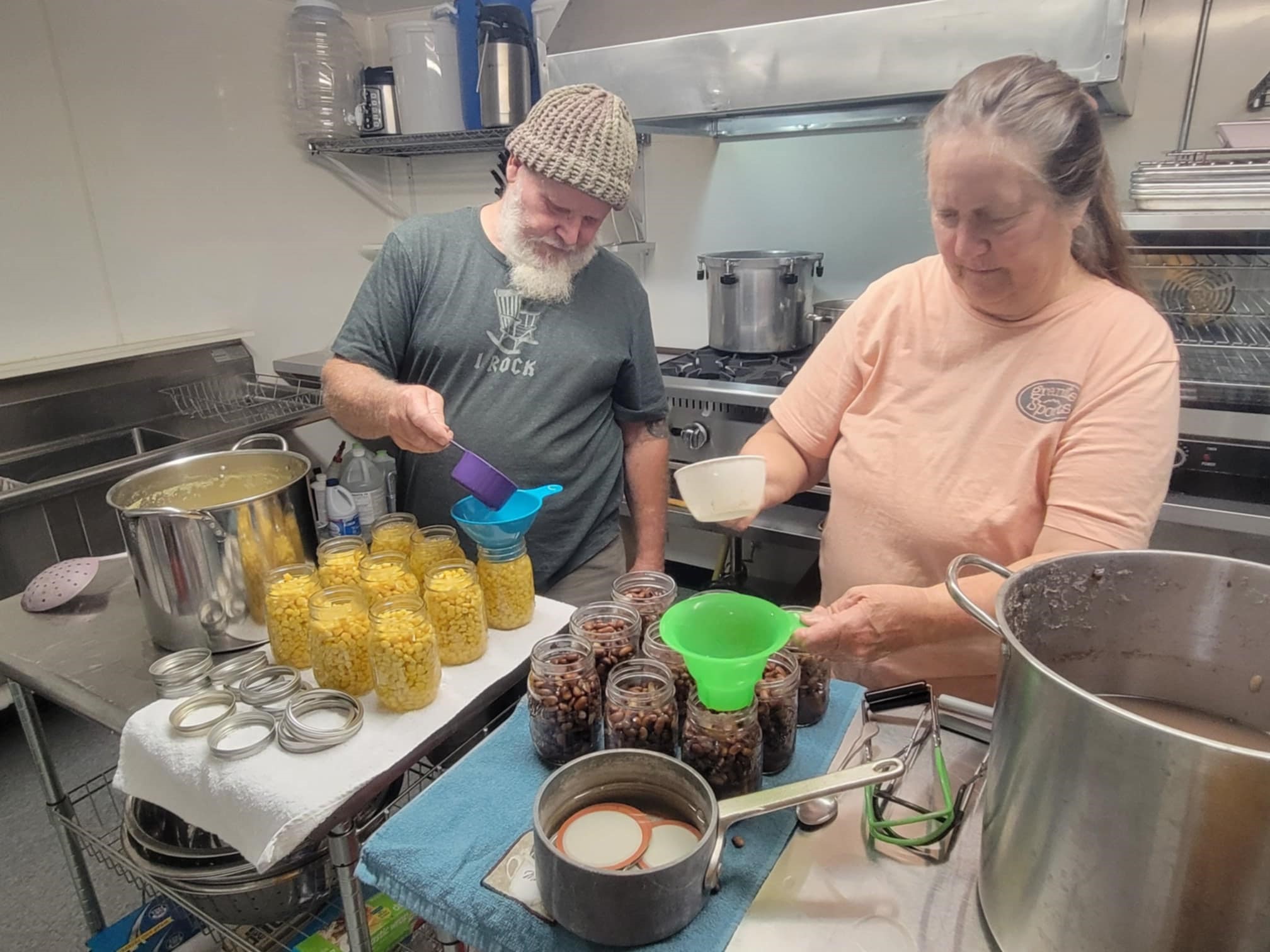
Caption: Food preservation students fill jars for canning.
Credit: Brenda Richey
Agriculture & Natural Resources
Becoming Water-Wise in the Mission Valley
As mountain snowpacks and the availability of irrigation water change annually due to erratic climate and weather patterns, agency and program leaders in the Mission Valley of northwest Montana are looking toward education, technology, and engaging irrigated landowners to promote an increased understanding of soils, water usage, and irrigation efficiency technologies. Efforts started in the spring of 2024 when the MSU Extension Flathead Reservation office hosted an irrigation and water use efficiency presentation as part of a day-long producer summit. After the spring presentation drew strong interest for more information, a two-day intensive field workshop was organized. Eighteen participants from state, Tribal, and Federal agencies and organizations joined a couple of producers and an irrigation efficiency specialist to learn skills in assessing soils, irrigation equipment outputs, and strategies to time irrigation applications for the most efficient use of available water. One agency participant stated, “I learned a lot during the two-day workshop, and have already found ways to share what I learned with farmers I work with.” The program plan is to expand through the use of placing soil moisture meters in fields to measure moisture content and to continue with educational programs highlighting strategies to help farmers efficiently use one of the West’s most precious natural resources.
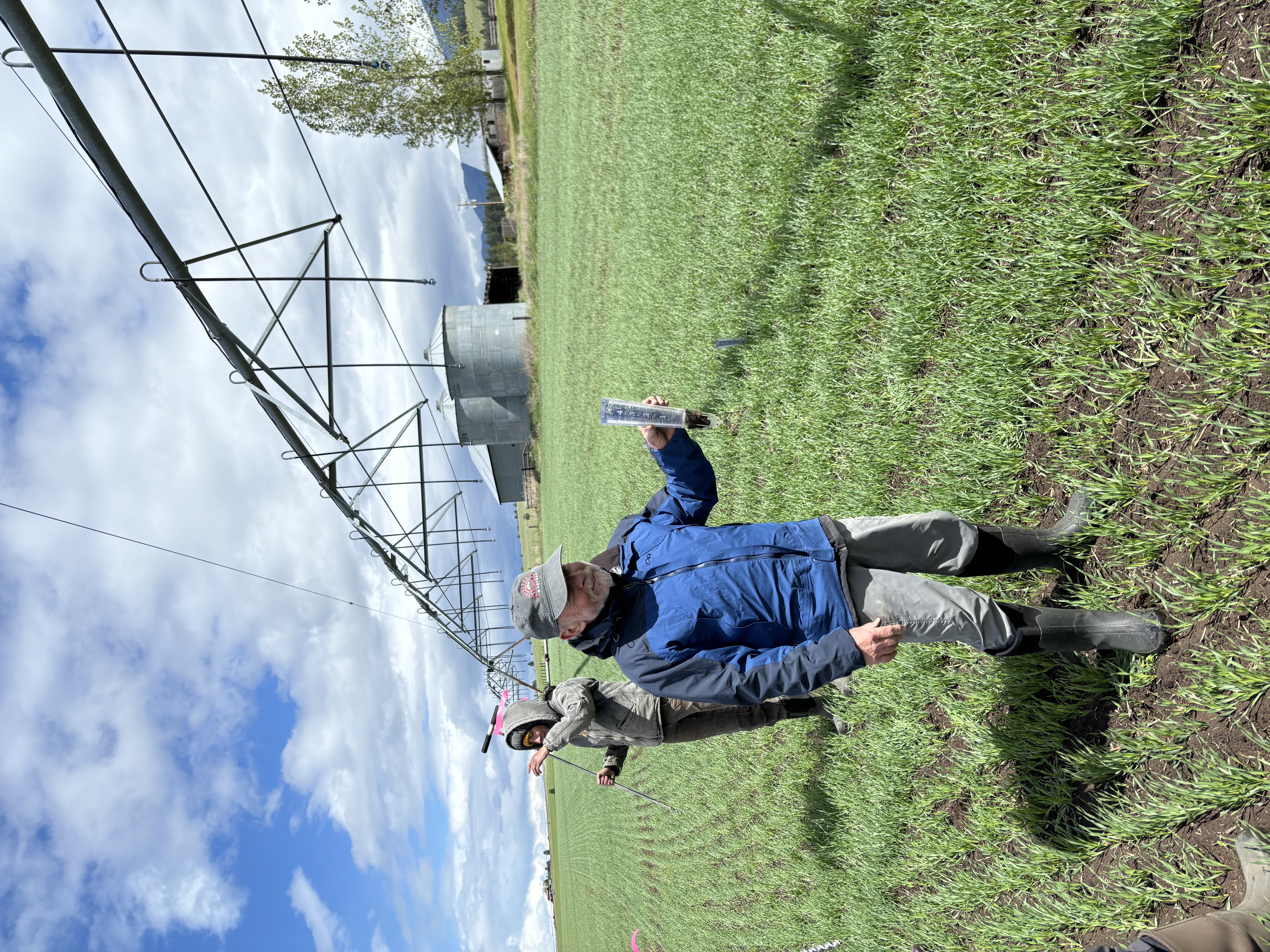
Caption: Irrigation efficiency
Credit: Patrick Mangan
Contact
701 B 1st St. E
Polson, MT 59860
406-883-2865
https://www.montana.edu/extension/flatheadres/
Montana State University Extension is an ADA/EO/AA Veteran’s Preference Employer and provider of educational outreach.

